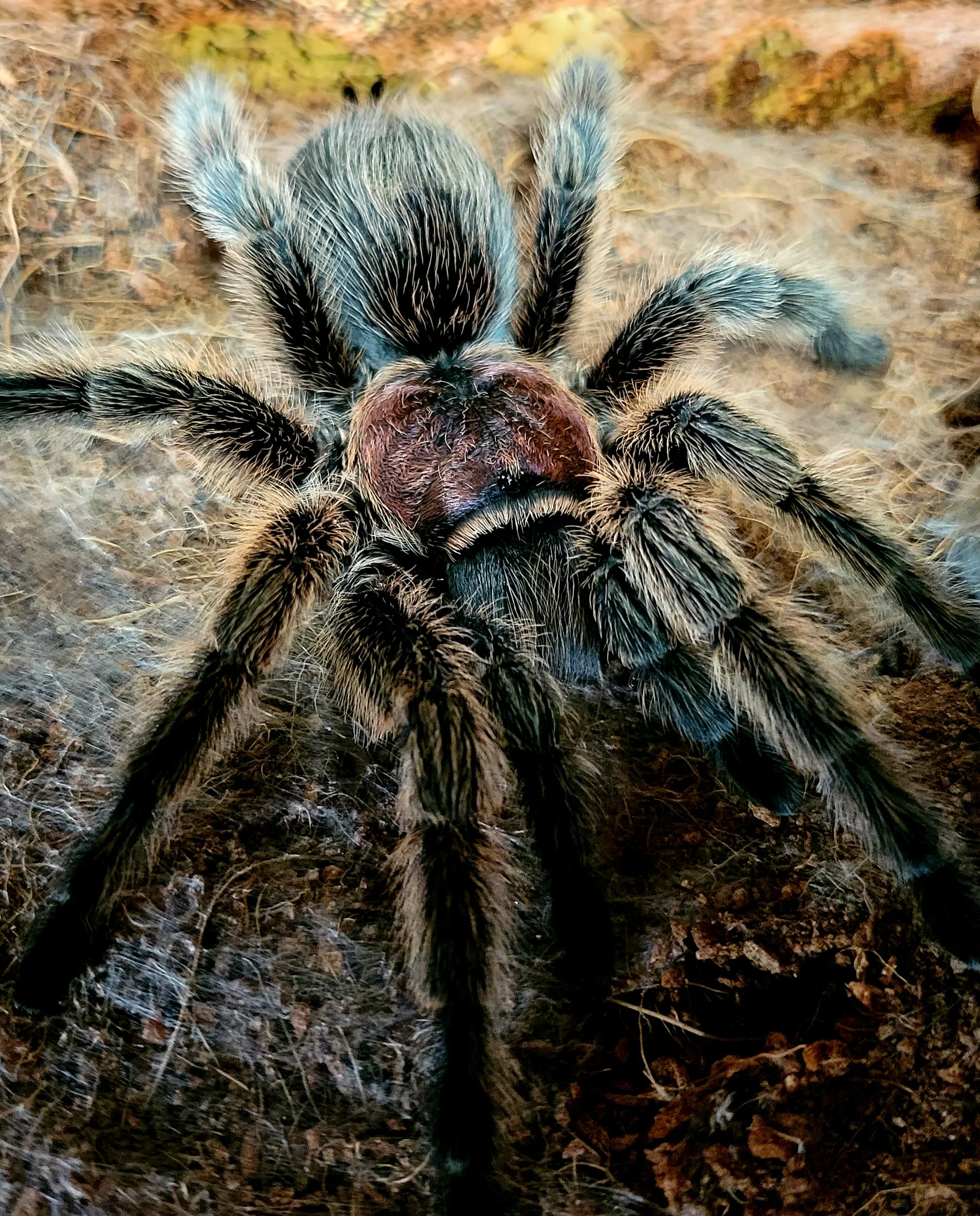The world of tarantulas is filled with fascinating creatures, and the Porteri tarantula, a popular choice among enthusiasts, is no exception. One of the most common questions asked by potential and current owners revolves around their lifespan. Understanding how long these arachnids live is crucial for responsible pet ownership, allowing you to provide the best possible care and appreciate your eight-legged friend for the duration of its life. This article delves into the fascinating world of Porteri tarantula lifespans, exploring various factors that influence their longevity and offering insights into how to ensure your pet lives a long, healthy, and fulfilling life. We will uncover the top 5 facts you need to know about the lifespan of these amazing creatures.
What is the Average Lifespan of a Porteri Tarantula
The lifespan of a Porteri tarantula, like many other tarantula species, varies depending on several factors, most notably their sex. Generally, female Porteri tarantulas tend to live significantly longer than their male counterparts. On average, a female Porteri tarantula can live anywhere from 10 to 20 years, and sometimes even longer under optimal conditions. This extended lifespan is one of the appealing aspects for many tarantula keepers, as it offers a long-term companionship with these fascinating creatures. Conversely, male Porteri tarantulas typically have a much shorter lifespan, often living for only 3 to 5 years. This difference is primarily due to their biological roles, including the energy expenditure during the mating process and their post-mating vulnerability.
Male vs Female Porteri Tarantulas Lifespan
As mentioned earlier, the most significant factor differentiating the lifespans of Porteri tarantulas is their sex. The disparity between male and female lifespans is a fundamental aspect of tarantula biology. Male Porteri tarantulas reach maturity faster than females, often molting into their adult form within a year or two. After reaching maturity, their primary purpose is to mate. This involves a search for a female, the courtship ritual, and the mating process itself, all of which consume a great deal of energy. Following mating, male tarantulas often lose their appetite and become more vulnerable, and their lifespan is consequently reduced. Females, on the other hand, continue to molt and grow throughout their lives, allowing them to live for many years. Their longer lifespans are a testament to their role in reproduction and the long-term survival of the species. A female tarantula, if kept in good conditions, can live for over a decade.
Factors Influencing Porteri Tarantula Lifespan
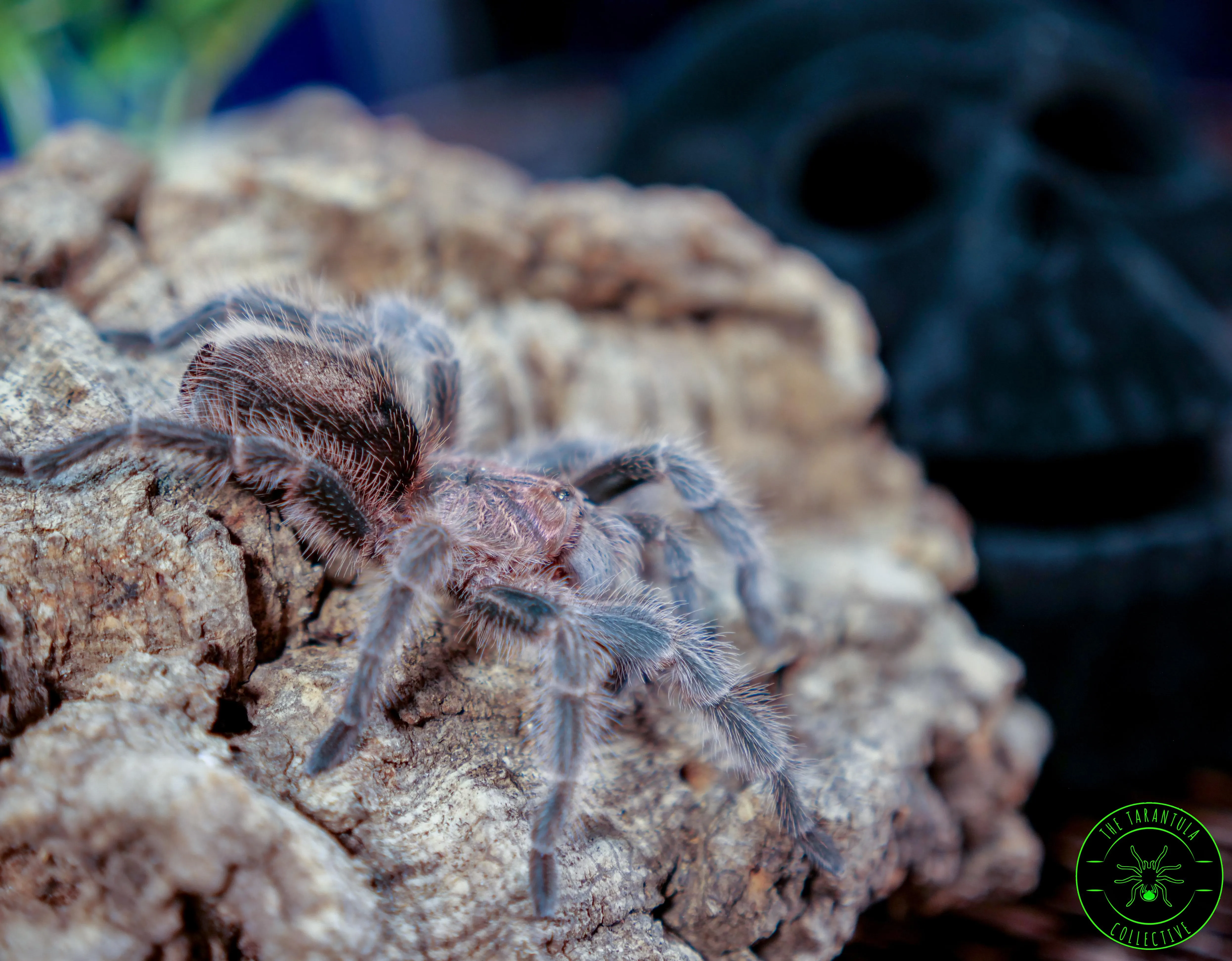
Several factors can significantly influence the lifespan of a Porteri tarantula. While genetics play a role, the environment in which a tarantula lives and the care it receives are crucial. Proper nutrition, a suitable enclosure, and the absence of stress all contribute to a longer, healthier life. Keepers who pay close attention to these factors often observe their tarantulas living closer to the upper end of the expected lifespan range, providing a rewarding experience for both the tarantula and the keeper. Creating an optimal living situation for the tarantula is the first step to a long life. Following are the most important factors
Diet and Nutrition
A balanced diet is vital for any tarantula’s health and longevity. Porteri tarantulas are insectivores, meaning their diet primarily consists of insects. Feeding your tarantula a varied diet of appropriately sized insects is essential. Crickets, roaches, mealworms, and even small spiders can be offered. The insects should be gut-loaded, meaning they are fed nutritious food before being offered to your tarantula. This practice ensures that your tarantula receives essential vitamins and minerals. Overfeeding should be avoided, as it can lead to health problems. Instead, offer food every few days, or as needed, and remove any uneaten food after a day or two. Fresh water should always be available in a shallow dish to ensure the tarantula stays hydrated and healthy, thus increasing its lifespan.
Enclosure and Habitat
Providing the right enclosure is crucial for the well-being of a Porteri tarantula. The enclosure should be appropriately sized, allowing the tarantula to move around comfortably but not be so large that it feels insecure. The substrate, or bedding, should be suitable for burrowing, as Porteri tarantulas are terrestrial species. A mix of coconut fiber, peat moss, and vermiculite is often recommended. The enclosure should also have a hide, such as a piece of cork bark, where the tarantula can retreat and feel safe. Maintaining the correct temperature and humidity levels is also vital. Use a thermometer and hygrometer to monitor the conditions and adjust as needed. A well-maintained enclosure reduces stress and prevents health issues, which ultimately contributes to a longer lifespan for your tarantula.
Genetics and Breeding
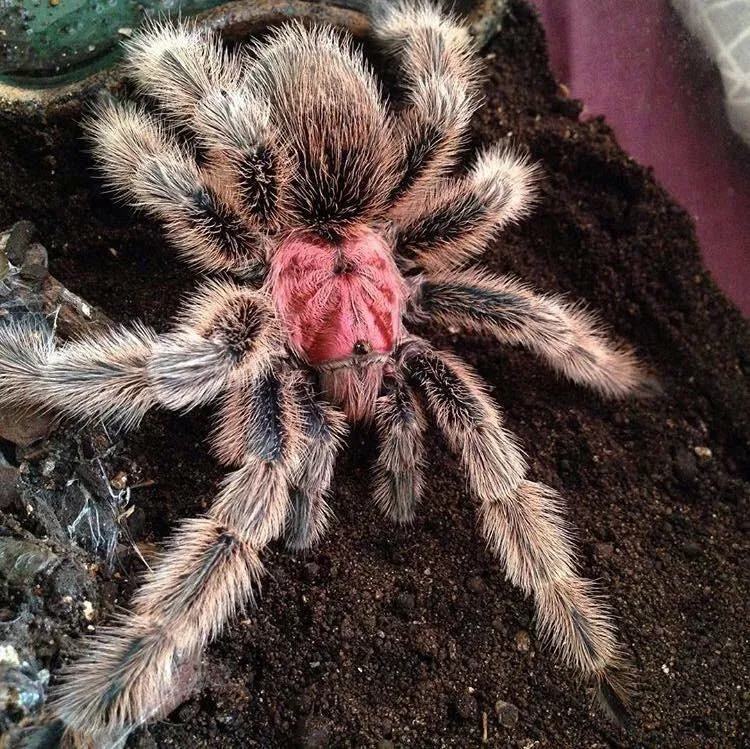
The genetic background of a Porteri tarantula can also influence its lifespan. Tarantulas from healthy genetic lines are generally more robust and less prone to health problems. Responsible breeders prioritize the health and genetics of their tarantulas, which can result in offspring with a greater chance of longevity. Breeding practices also affect the average lifespan of a tarantula. For instance, the frequency of mating can influence the male’s lifespan, and the overall health of the mother impacts the health of the offspring. Researching and acquiring your tarantula from a reputable breeder is advisable, as they can often provide insights into the tarantula’s lineage and health, contributing to the overall lifespan.
How to Maximize Your Porteri Tarantula’s Lifespan
While you cannot control genetics, you can significantly impact your Porteri tarantula’s lifespan by providing excellent care. This involves paying close attention to the factors outlined above, including diet, enclosure, and health monitoring. By creating a stress-free, comfortable environment and promptly addressing any health issues, you can ensure your tarantula lives a long and healthy life. A proactive approach to tarantula care is key. This includes regular observation, providing enrichment, and ensuring the tarantula’s needs are consistently met. A well-cared-for tarantula is a happy tarantula, and a happy tarantula is more likely to live a long and fulfilling life. Consistency and diligence are the cornerstones of proper tarantula care.
Proper Care and Maintenance
Proper care and maintenance are crucial for maximizing your Porteri tarantula’s lifespan. This includes regular cleaning of the enclosure, providing fresh water, and offering a balanced diet. Remove any uneaten food promptly to prevent mold or mites from infesting the enclosure. Monitor the temperature and humidity levels regularly, adjusting them as needed to maintain optimal conditions. Handling your tarantula should be kept to a minimum, as it can cause stress. When you do handle it, do so gently and with caution, and be aware of its temperament. By consistently practicing these care routines, you will contribute to the long-term health and well-being of your tarantula. This maintenance can help prevent diseases and infections that would otherwise shorten its lifespan.
Recognizing and Addressing Health Issues
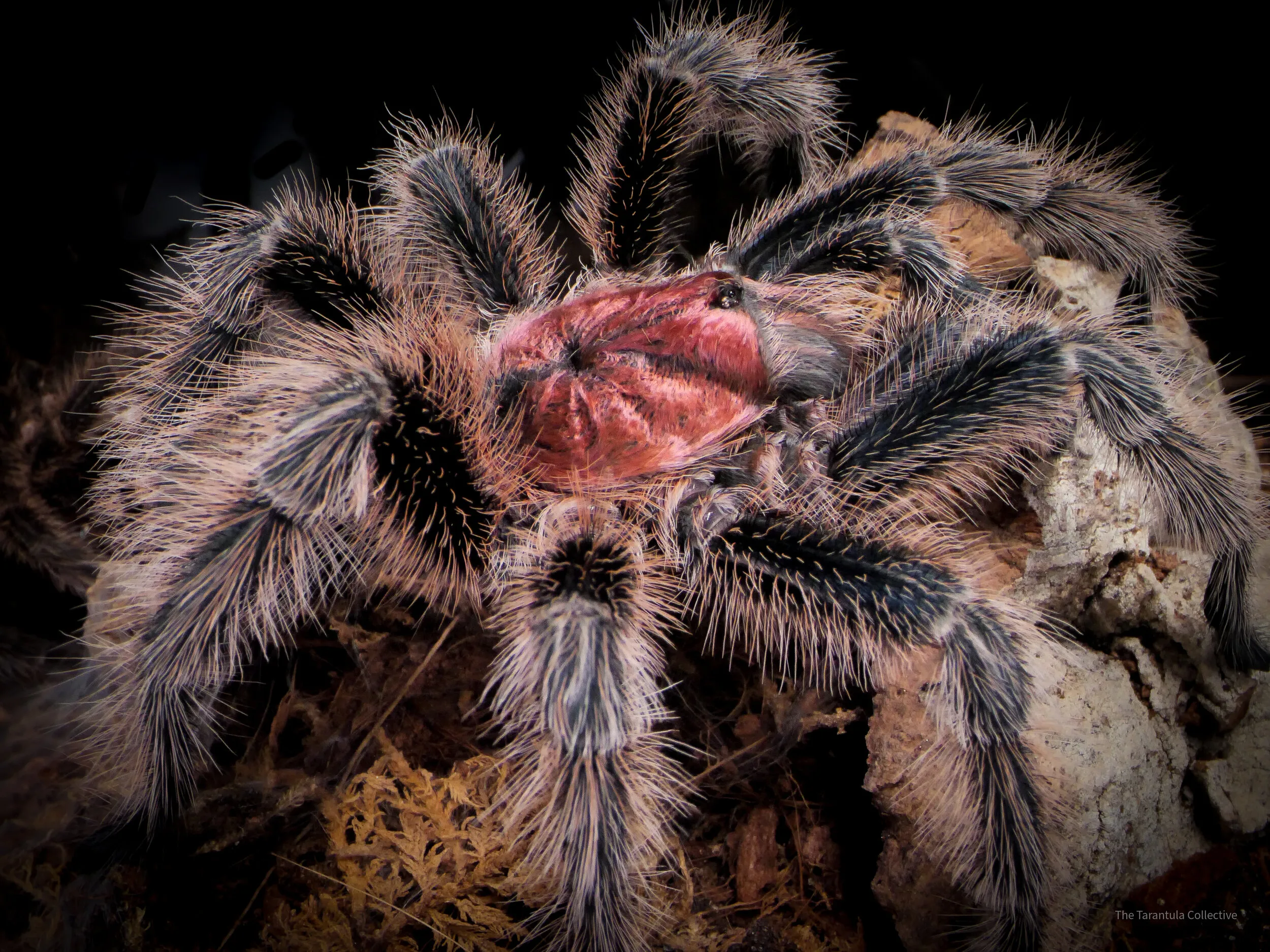
Regularly observing your tarantula is essential for recognizing any health issues early on. Look for changes in behavior, such as loss of appetite, lethargy, or unusual posture. Examine the tarantula’s body for any signs of injury, parasites, or fungal infections. If you notice any signs of illness, consult with a veterinarian specializing in exotic animals or a knowledgeable tarantula keeper. Prompt treatment can often prevent minor issues from escalating into serious health problems. Early detection and intervention are key to ensuring your tarantula’s continued health and longevity. A keen eye and a willingness to seek professional advice are invaluable tools in tarantula care.
Common Health Problems
Porteri tarantulas, like all animals, can be susceptible to various health problems. Some common issues include fungal infections, mites, and injuries from falls or handling. Fungal infections can be caused by poor enclosure conditions, such as excessive humidity or inadequate ventilation. Mites can infest tarantulas and cause irritation and health problems. Injuries can occur if the tarantula falls from a height or is mishandled. By maintaining a clean and appropriate environment, and practicing careful handling techniques, many of these health problems can be prevented. Early detection and treatment are critical for the tarantula’s survival. Knowing the signs of common diseases and taking quick action when noticing them can help your tarantula live its best and longest life.
Signs of Aging
As Porteri tarantulas age, they may exhibit certain signs of aging. These can include slower movement, reduced appetite, and a decrease in activity levels. The tarantula’s coloration may also become duller, and the exoskeleton might appear less vibrant. These signs are natural but should be monitored. Provide a comfortable environment and continue to offer proper care to ensure the tarantula’s comfort during its golden years. Older tarantulas may require some adjustments in care, such as offering smaller meals or ensuring easy access to water. Understanding and responding to these signs can greatly improve the quality of life for your aging tarantula, allowing you to enjoy their company for longer.
Interesting Facts About Porteri Tarantulas
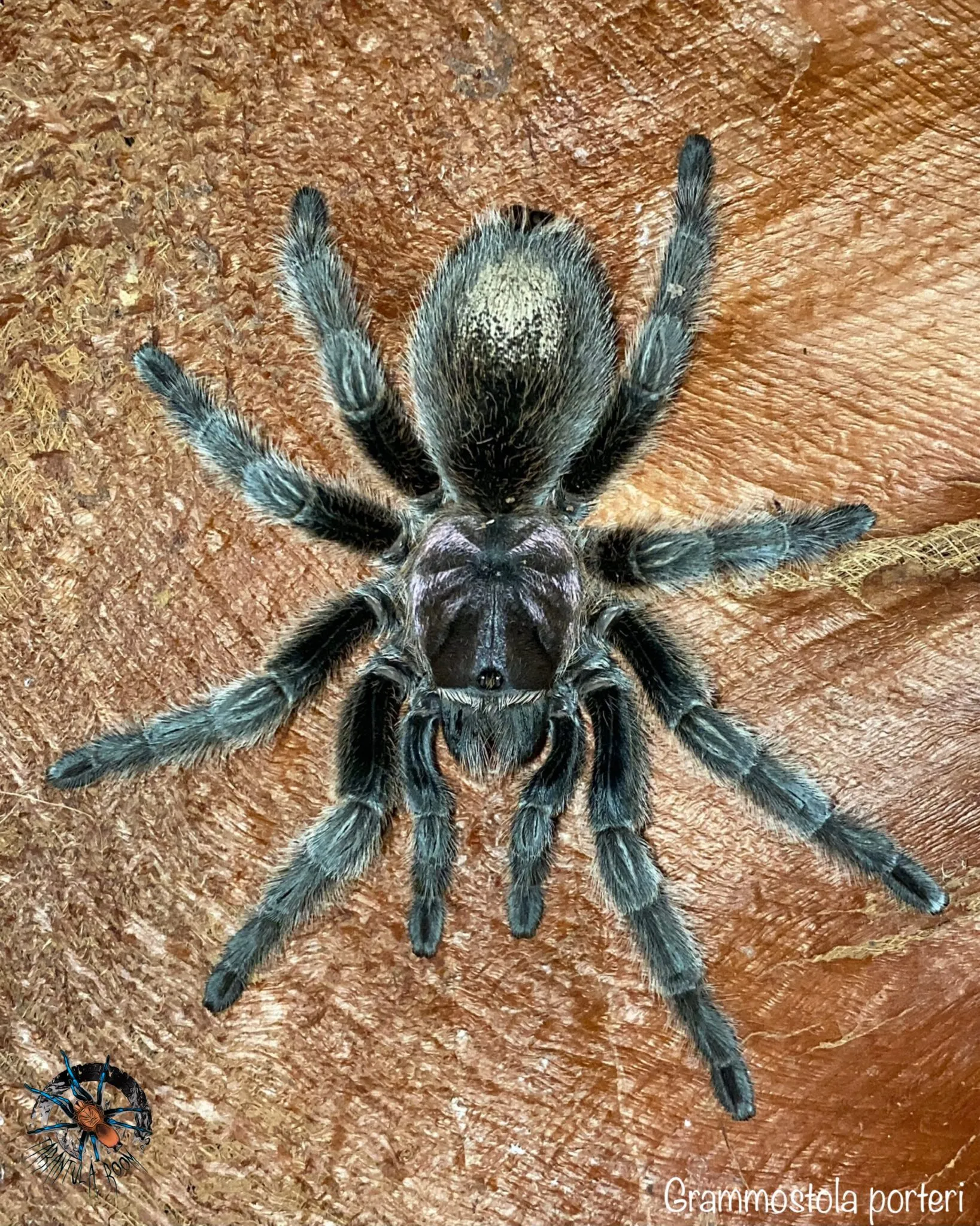
Beyond their lifespan, Porteri tarantulas have many other interesting characteristics. They are known for their relatively docile temperament, making them a popular choice for beginner tarantula keepers. They also exhibit fascinating behaviors, such as burrowing and molting. Understanding these aspects can help you better appreciate the uniqueness of these creatures. Learning about the behaviors, characteristics, and life cycles of the Porteri tarantula will allow you to better understand the specific needs of the species. Each facet of the tarantula’s behavior and development contributes to a more profound appreciation for these animals.
Molting and Growth
Molting is a crucial part of a tarantula’s life cycle, allowing it to shed its exoskeleton and grow. The frequency of molting decreases as the tarantula ages. During molting, the tarantula is particularly vulnerable and should not be disturbed. Providing a humid environment is important to assist with the molting process. After molting, the tarantula’s new exoskeleton is soft and delicate, so it’s essential to avoid handling it until it hardens. Molting is a natural process that is critical for the tarantula’s growth and health. It’s important to understand and respect this process by creating a safe and optimal environment to ensure the process is smooth and successful, ultimately supporting the tarantula’s longevity.
Predators and Threats
In the wild, Porteri tarantulas face several threats, including predators and habitat loss. Birds, snakes, and other larger animals may prey on tarantulas. Habitat destruction, due to human activities, also poses a significant threat to their survival. In captivity, the primary threats are related to poor care, such as inadequate housing, improper diet, and stress. Providing a secure and appropriate environment is essential to protect your tarantula from any potential dangers. It is important to provide the proper care and attention to help the tarantula stay healthy and live longer.
In conclusion, the lifespan of a Porteri tarantula is a captivating aspect of their biology, influenced by factors from genetics to care practices. By understanding the average lifespans of males and females, and the key elements that contribute to longevity, you can greatly enhance your ability to provide exceptional care. Prioritizing proper diet, enclosure, health maintenance, and enriching the environment can allow you to enjoy the fascinating presence of your tarantula for many years to come. By focusing on these vital aspects, you will be able to appreciate the full life cycle of this magnificent creature. Happy keeping!
